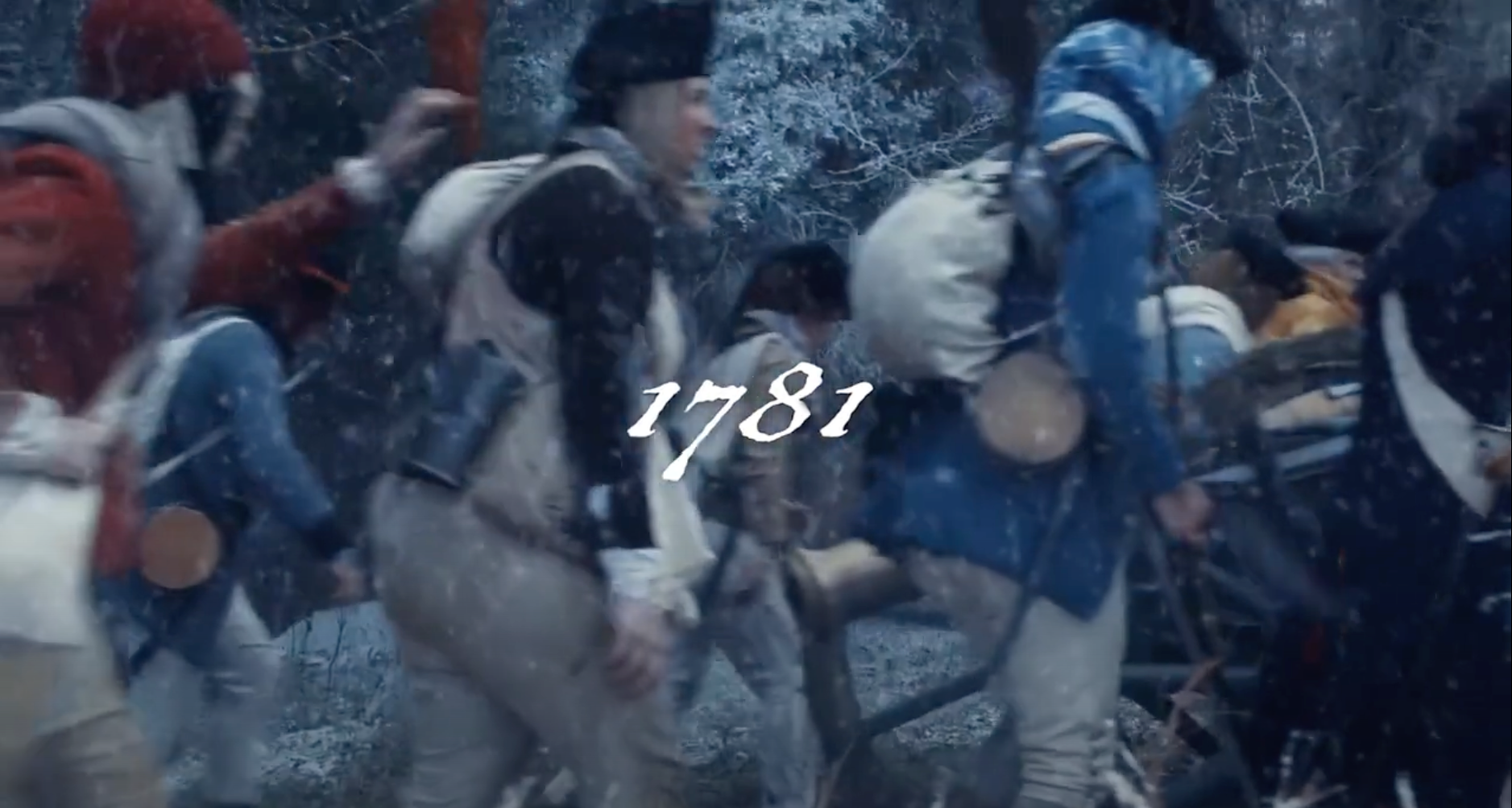
Philipsburg Manor in Westchester County was home to many Yerks families, including Colleen’s 6th great-grandparents. I grew up in Westchester County, knowing little about Westchester’s role in the revolution. But through genealogy, I have learned that my children’s ancestors were right there at ground zero and were known as Patriots of the cause.
In the years following The Battle of White Plains (October 1776) and The Battle of Ridgefield (April 1777), Westchester became known as the Neutral zone. With a small contingent of American forces encamped North of the Croton River in upper Westchester County and the British encamped in New York City, the farms and villages in between became a lawless and mostly abandoned area. Any Patriots of fighting age headed North behind the American lines while loyalists headed South to New York City. John Yerks Jr no doubt headed North to the safety behind American lines.
While there were several minor incursions by both sides, it generally remained free of major battles in the years following. But then in late 1780, John Yerks, Colleen and Jimmy’s 6th great-granduncle, applied for a permit from the American Commander to go on a patrol down to the Philipsburg area. John and a small group of Patriots from the area headed south and broke up into two patrols. On September 23, 1780, one of the two patrols was responsible for Capturing Major Andre with the plans for West Point. By many historian accounts, this capture played a critical role in the overall success of the revolution. If the British had obtained the plans and attacked the fort, it would undoubtedly have fallen. But that is a whole other story for another time.
In 1781, Westchester was once again home to a very notable and historic event that would set the stage for the Revolutions’ grand finale in Yorktown, Virginia. Many of us have heard about “Rochambeau’s March” From Rhode Island, through Connecticut, and into Westchester, but few of us understood why they were here. The Friends of Odell House Rochambeau Headquarters in Hartsdale, New York, have produced this wonderful video explaining everything.
As you watch the video, keep in mind that William and Catherine Yerks’ farm was just five miles north of the American encampment in Hartsdale. You can learn more about the farm in a separate post I made some time ago.
Catherine was awarded the 300-acre farm after the war for her and her husband’s support of American troops during the war. I believe this video explains why.
In 1911, a fire in New York’s State Capitol, Albany, destroyed an enormous amount of crucial historical and genealogical records. But in some burnt records that survived the fire (on microfilm), I found a receipt for “rales” and other supplies submitted by Catherine Yerks.
Widow Yerks was paid for five hundred and forty (540) railes, taken by or supplied to the Army of the United States.
Based on this video, it sounds like the Yerks farm would have been in a perfect position to support the massive amount of people at the encampment. The “railes” or rails were most likely fence rails to contain the cattle and horses of the encampment.


